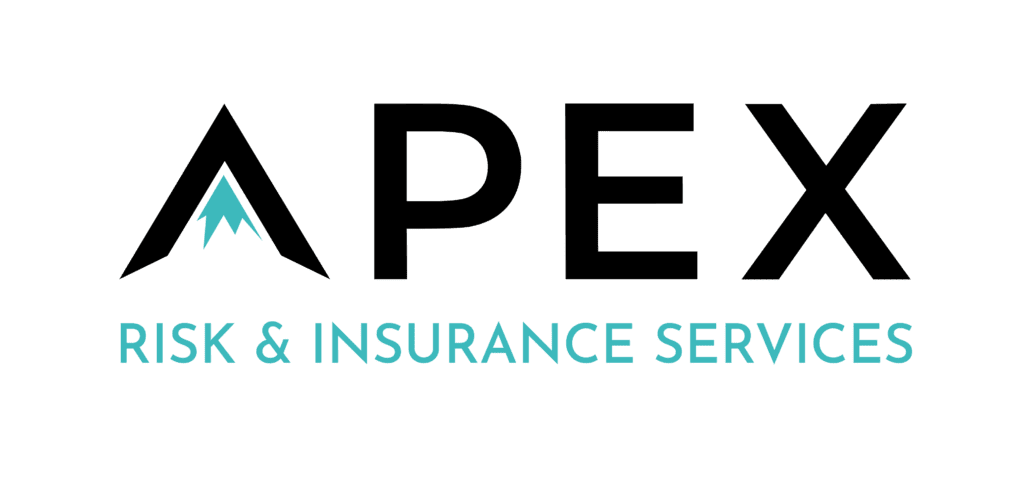Commercial Real Estate Insurance Coverage: From Start to Finish
Understanding the Lifecycle of Insurance in Construction Projects
The Early Stages: Budgeting and Initial Coverage
When it comes to managing insurance for construction projects, involvement typically begins at the earliest stages. Developers often have a pipeline of projects ranging from raw land acquisitions to completed structures intended for sale or long-term holding. It is crucial to be part of the budgeting process from the start to understand the cost and coverage across the entire lifecycle of the project.
As soon as developers contract bare land, the first step is to include it in their general liability policy. This early coverage is essential for performing due diligence, including tasks like fencing and brush removal. As the project progresses into entitlement work and various testing phases like soil and compaction tests, the insurance coverage transitions to a more permanent general liability (GL) policy. This stage sets the groundwork for budgeting the upcoming construction project.
Comprehensive Coverage During Construction
Peter Katkov, a founder in the field, emphasizes the multi-faceted nature of insurance needs during construction. “The insurance needs of a construction project have a couple of components. One is the liability portion, both for site liability and construction defect,” Katkov states. These liability aspects are typically covered under project-specific policies or wrap policies, which include all trades working on the site.
An equally important part of construction insurance is the builder’s risk coverage, which addresses the physical property during construction. Additional components like pollution coverage and bonding are also vital to ensure comprehensive protection throughout the construction phase.
Transition to Stabilized Policies
As the project nears completion, the focus shifts to stabilized insurance policies, which are fundamentally different from the construction phase policies. These stabilized policies are underwritten based on various factors such as building characteristics and tenant profiles. Lucy Busby, a broker at Apex, highlights this transition: “Building characteristics like height and whether it’s sprinklered are considered. We also look at the tenants, whether it’s leased or owner-occupied, to determine the right insurance path.”
The goal is to create insurance limits that align with the estimated replacement costs, rental income, and the need to continue servicing debt during rebuilding, should the building be lost. This thorough analysis ensures that the final insurance product is tailored to the specific needs and risks of the completed building.
In Conclusion
Understanding the lifecycle of insurance in construction projects is vital for developers, brokers, and insurers alike. From the initial stages of adding a plot of bare land to a general liability policy to the complex process of establishing stabilized policies for completed buildings, every step requires careful consideration and expert knowledge. This comprehensive approach to insurance ensures that every phase of a construction project is adequately protected, paving the way for successful development and management.




